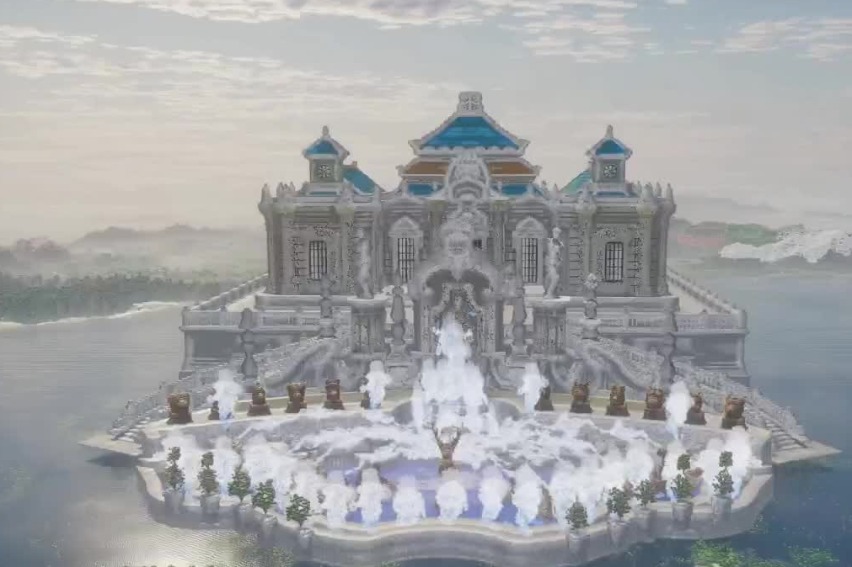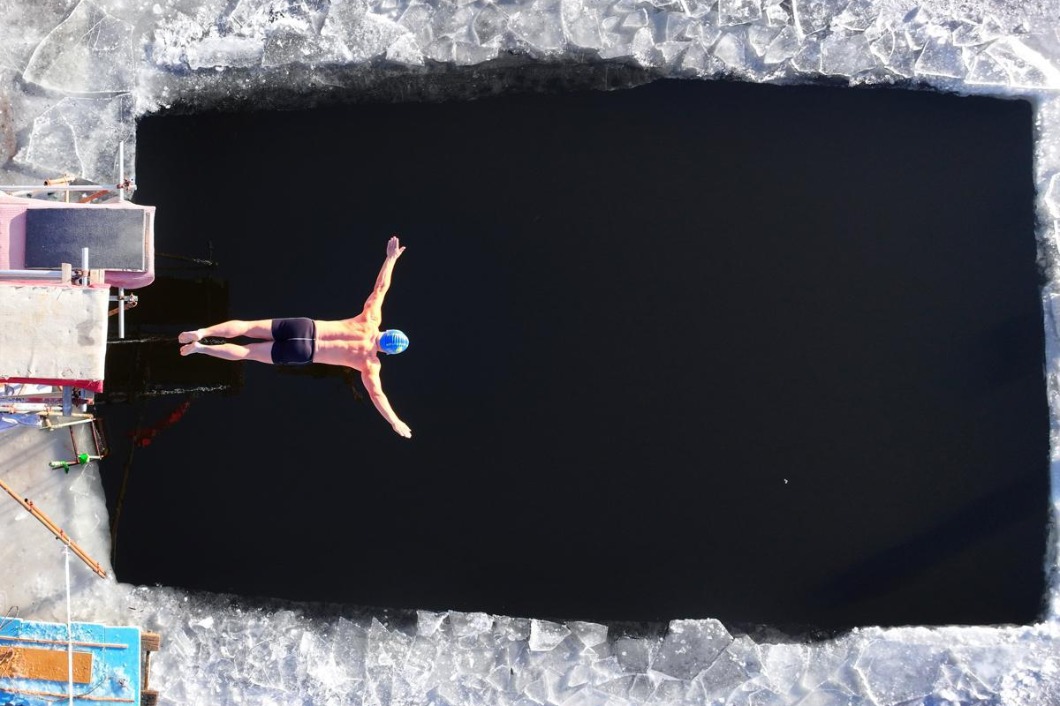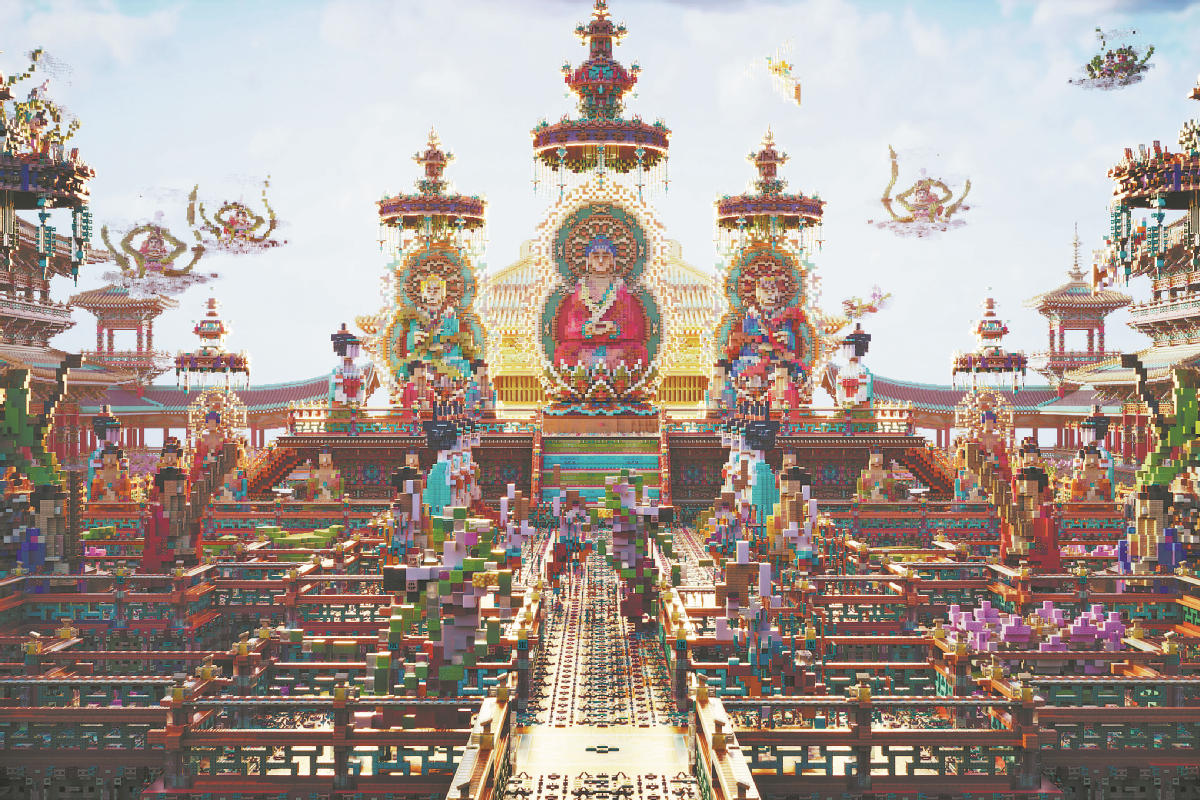Wartime shipwreck prompts salvage debate

He added that those parts of the Chih Yuen's hull that remain were damaged by explosions, fire and Japanese "exploitative" salvage efforts, making recovery work difficult.
However, such work is technologically possible, as China has mastered the advanced salvage technology that is required, and accumulated a certain amount of experience in recent years during difficult recovery work on shipwrecks that happened nearly 1,000 years ago.
Wu Yanliang, head of the Liaoning Institute of Cultural Relics and Archaeology, said it will not consider salvaging the wrecks until all "conditions are right to make sure it is 100 percent safe".
Wu said: "The National Cultural Heritage Administration has mobilized top experts in underwater archaeological investigation to take part in the ongoing survey of the Chih Yuen shipwreck. We are working on a more detailed plan that will make the project more efficient and productive while paying special attention to protecting the ship."
Cui Yong, head of the underwater archaeology center at the Guangdong Institute of Cultural Relics and Archaeology, who is working on the project, said that although China has the technology to salvage the vessel, an assessment is still required on whether it is better to leave the wreck on the seabed.
Mu Zhonghuai, deputy secretary-general of the Liaoning Society of Sino-Japan War Studies, said, "The Chih Yuen has been there for more than 120 years, and will probably collapse in the process of salvaging, as seawater has seriously eroded the hull. Allowing it to rest on the seabed is apparently a better option."
But Mu said the Liaoning authorities should do more to research the war and develop tourism.
He cited the example of Weihai, Shandong province, a port city at the tip of the Shandong Peninsula on the Bohai Strait that was home to the Beiyang Fleet. Weihai has been a research and tourism center for the war for decades, even though most of the shipwrecks are in waters off Liaoning, and most of the naval battles took place near the Liaodong Peninsula.
Dandong is preparing to build a museum on the war, and a life-size replica of the Chih Yuen, sponsored by local businesspeople, was completed in the city in late 2016 as a tourist attraction.
Ye Weili, the fifth-generation grandson of Deng, the Chih Yuen captain, stressed that future salvage work, if possible, must be carried out in a scientific way to protect the vessel and its cultural relics.
"I hope a monument to all the 3,000 or so sailors in the naval war can be built so that their descendants can visit it," Ye said.
- Minecraft challenge breathes new life into rich cultural past
- HK community strongly supports Lai's conviction
- Cross-Strait collaboration key to nation's long-term well-being
- Nation steps up measures to stimulate consumption
- Former senior official of Ningxia sentenced to death
- Development program narrows urban-rural gap in Guangdong





































